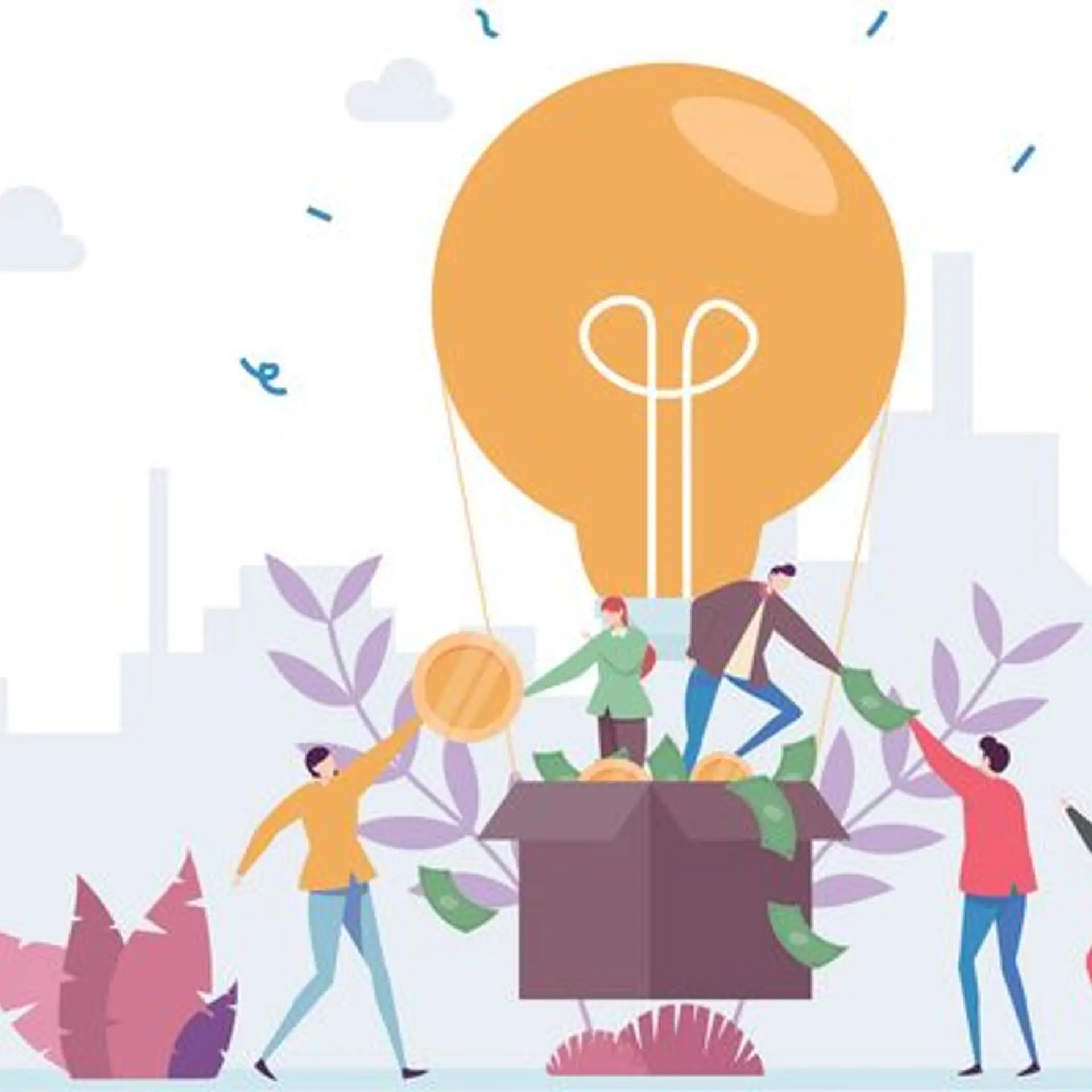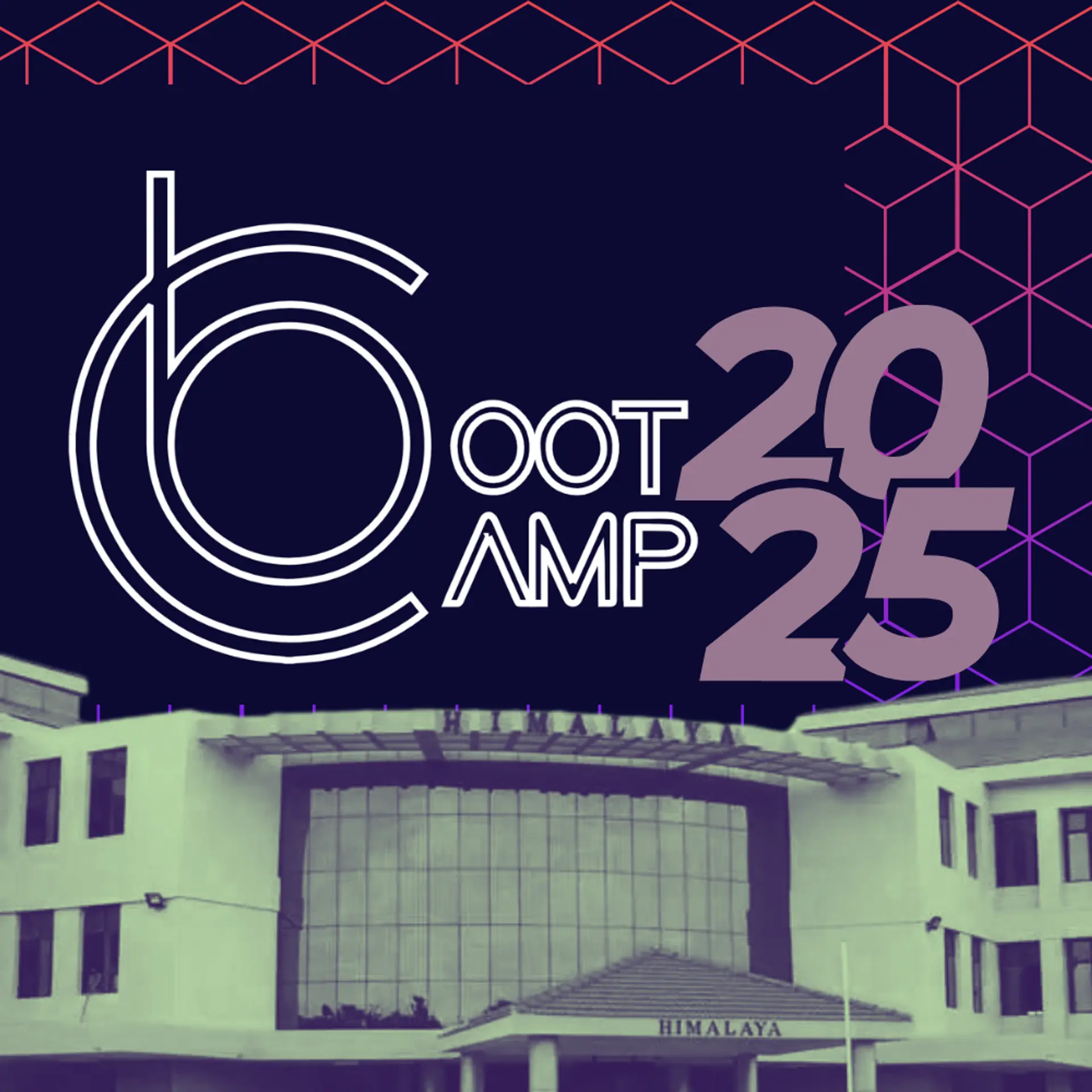E-governance Gaining Momentum in India
A few weeks ago, Vinay wrote about the growing business opportunities in the e-governance sector. An exciting recent development in this area has been the announcement by the Government of India of knowledge kiosks being set up in Panchayats. The project is sponsored by the E-governance in Panchayati Raj Institutions (e-PRIs) and is projected to be completed in three years. Such a large-scale introduction of information technology at the Panchayat level opens up the rural market for entrepreneurs. There are a number of possibilities for public-private partnerships in delivering solutions within sectors such as education, healthcare, micro-finance, etc.
The progress of e-governance models has been slower than expected in India. Some of the challenges facing this sector were discussed at the Lok Sabha panel on e-governance. At this panel, Prof. Bhatnagar of IIM-A discussed the flaws in the strategy on e-governance:
Prof. Bhatnagar began by outlining some key problems facing the e-governance initiatives in the country. He noted that despite its best intentions a basic flaw exists in the government’s strategy i.e. strategic inclusion of the entire population and not just the masses residing in the metros, smaller towns and semi-rural areas. “They keep talking about extending services to the far corners of the country right down to the last village, but it is not reflected in the kind of applications being rolled out by state and federal governments. For instance hardly anything is being done in the case of health and education, services affect virtually every citizen of this country,” he said.
Limited access to what many in metros and smaller town may now consider basic technologies (i.e.Internet) are not available to the masses in rural areas. Hence, despite having systems for facilitating electronic transactions, people still have to make trips to their local center, which more often than not is plagued with infrastructural issues. Prof. Bhatnagar alluded to how a true e-governance system by definition requires the least amount of human intervention where decisions on cases are system-driven rather than by individuals.
To further discuss the opportunities in this area, the Department of Administrative Reform and the Department of IT recently organized the 12th National Conference on e-governance, based on the theme “E-governance: Breaking Barriers, Building Bridges”. The conference highlighted some of the success stories through the national awards that were presented to these projects:
1. Chattisgarh’s Public Distribution System Online that facilitates the distribution of grains, kerosene and other essential items and enables the issuance of electronic ration cards.
2. Ahmedabad Municipal Corporation’s “E-city” that provides a platform for citizens to connect with the local government. Citizens can submit all certificate and license forms online and avoid long lines and corrupt local officials.
3. Bihar’s Jaankari initiative which provides citizens the opportunity to submit Right to Information application through a phone call
4. Karnataka’s Sujala Watershed Project that seeks to improve community participation in the planning and implementation of a watershed development plan. The software used in this project was developed by Amtrix, the commercial arm of Indian Space Research Organization (ISRO).
5. Tripura’s Tele-Opthamology project that has devised an innovative method for patients to get low-cost eye-checkups through vision centers where large pictures of their eyes are taken. These pictures are then sent to doctors at remote locations for evaluation and diagnosis.






